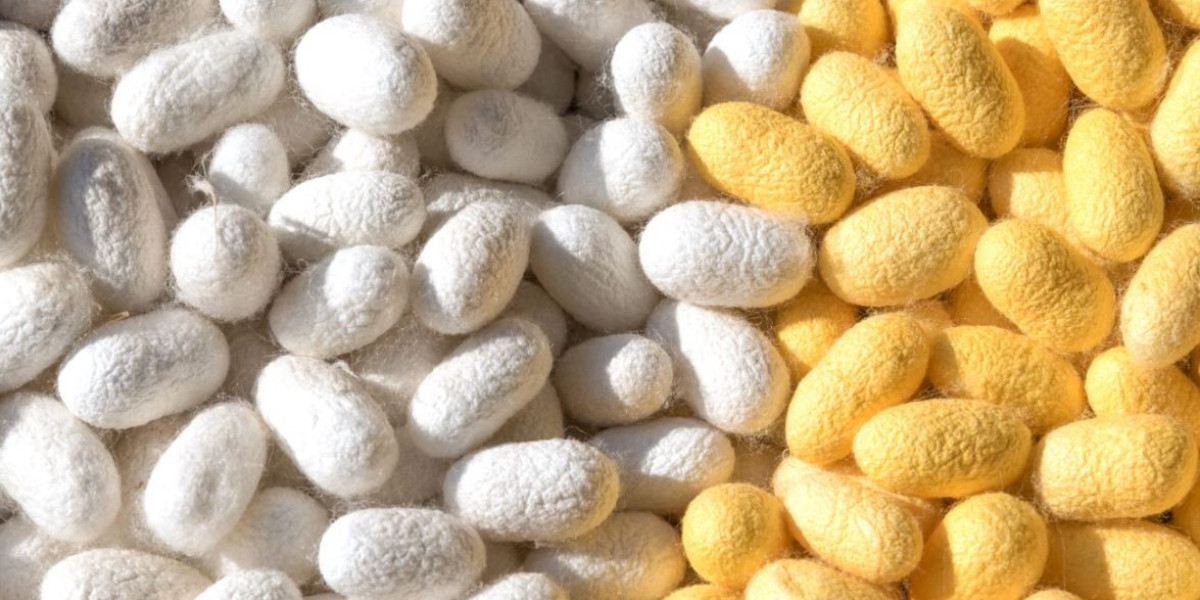How Is Silk Made? A Fascinating Journey from Cocoon to Fabric
Silk is one of the most luxurious and sought-after natural fibers in the world, prized for its softness, sheen, and strength. But have you ever wondered how is silk made? The process of turning silkworm cocoons into beautiful silk fabric is a remarkable blend of nature’s wonder and human craftsmanship. In this post, we’ll explore the intricate steps involved in silk production, from the humble beginnings of the silkworm to the creation of the delicate threads that grace fashion runways and homes worldwide.
The Silkworm: Nature’s Master Weaver
Silk production begins with the silkworm, the larva of the silk moth (Bombyx mori). These tiny creatures are raised in a controlled environment on a strict diet of mulberry leaves. The silkworm’s life cycle is crucial because it is during the cocoon stage that silk fibers are produced. Over about 3 to 4 weeks, the larva feeds voraciously, growing rapidly until it is ready to spin its cocoon.
Spinning the Cocoon: The Birthplace of Silk Fibers
When the silkworm is ready, it secretes a protein-based fluid from its two salivary glands. This fluid hardens upon contact with air and forms a continuous filament known as fibroin. The silkworm rotates its head in a figure-eight pattern, spinning the filament around itself to create a protective cocoon. Each cocoon can contain a single silk thread that stretches up to 1,500 meters long!
This natural spinning process is the first step in how silk is made, producing an incredibly fine and strong fiber that is the raw material for silk fabric.
Harvesting the Cocoons: Timing is Everything
Once the cocoon is complete, it must be harvested before the moth emerges. If the moth breaks through, it cuts the silk thread into shorter pieces, reducing the quality of the fiber. To preserve the integrity of the silk thread, farmers carefully collect the cocoons and kill the pupae inside, typically by steaming or drying.
Reeling the Silk: Extracting the Long Threads
The next step in how silk is made is reeling, where workers immerse the cocoons in hot water to soften the sericin — the gummy substance holding the cocoon threads together. Once softened, the threads from several cocoons are carefully unwound and combined to form a single thread of raw silk. This delicate operation requires precision and skill to avoid breaking the fibers.
Twisting and Dyeing: Preparing the Silk for Fabric
After reeling, the raw silk threads are twisted to create yarns strong enough for weaving. These yarns may be dyed at this stage or after weaving, depending on the desired final product. Silk dyes beautifully, allowing for vibrant colors and patterns.
Weaving the Silk: From Threads to Fabric
The twisted silk yarns are woven on looms to produce silk fabric. Weaving techniques can vary widely, resulting in different textures and patterns such as satin, chiffon, or taffeta. The weaving process transforms the delicate threads into the shimmering silk fabric known worldwide.
The Final Touch: Finishing and Quality Control
Once woven, the silk fabric undergoes finishing processes that may include washing, stretching, and polishing to enhance its softness and luster. Quality control ensures the fabric meets high standards for strength, appearance, and texture.
Why Learn How Silk is Made?
Understanding how is silk made gives us a deeper appreciation for this exquisite fabric. From the dedication of sericulture farmers to the skill of artisans, each step in the process reflects centuries of tradition and innovation. If you want to explore this topic further, check out this detailed explanation of how is silk made that dives even deeper into the fascinating journey of silk production.
In conclusion, silk is more than just a beautiful fabric—it is a testament to nature’s ingenuity and human artistry combined. The next time you wear or see silk, you’ll know the incredible story woven into every thread.








